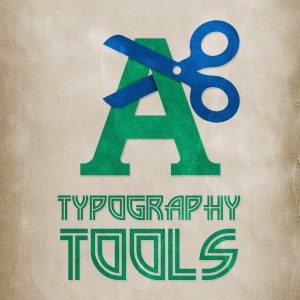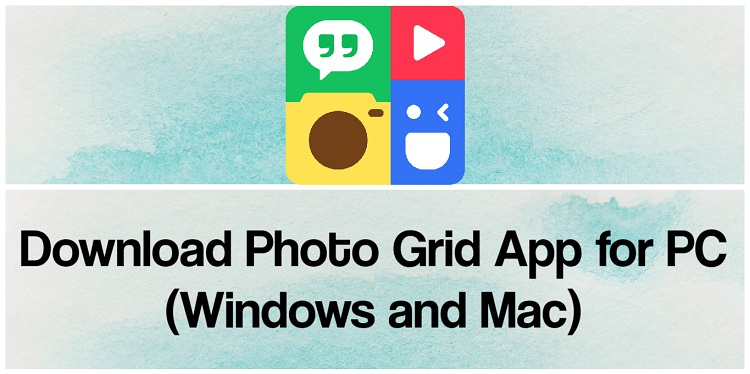
The bare minimum setup also lacks many fonts that Apple supplied applications require to operate. The result is that web pages will display so badly at times that it can be difficult (or even impossible) to navigate them. What then happens is that your browser ends up substituting the missing fonts with whatever is available. This bare minimum setup has some advantage, but you will then be missing many fonts commonly used on the web.
#TYPOGRAPHY APP FOR MAC SOFTWARE#
Such shops normally have no unnecessary software installed on their work stations just what's needed to get production work done.

Sometimes the barest minimum of fonts they can get away with and still have the OS function.
#TYPOGRAPHY APP FOR MAC FULL#
Actually, the prepress and full service printers I've worked and freelanced for usually have a much shorter list than even those presented here. So like most shops, the number of fonts throughout the system is kept to a minimum in the effort to make sure you will never have a conflict with the fonts a client sends with their project. My idea of required fonts is based on years in prepress. Other than those fonts the OS absolutely requires to function, when it comes to the fonts you prefer to have on your system there is no right or wrong list. System Integrity Protection was added to the OS beginning with El Capitan, 10.11.x, making it yet more difficult to remove unneeded fonts, but it can still be done.
#TYPOGRAPHY APP FOR MAC HOW TO#
See section 6 on how to permanently remove Apple's supplied versions of Helvetica and Helvetica Neue if this is important for you. If there are any removed fonts you want to use for a project at a later date, they can always be activated with Font Book, Suitcase Fusion, FontAgent, FontExplorer X Pro, TypeDNA, or other font manager. Create a new folder on your hard drive and copy them there first. It is advised to save them for future use. You will need Administrative access to delete fonts from this folder. This set, and the fonts HelveticaNeueDeskInterface.ttc and LucidaGrande.ttc must be present for the Finder and OS installed application menus to work.Īll other fonts in the /System/Library/Fonts/ folder (that are not included in the lists below by release level) can be removed. There is also a root /Library/Fonts/ folder with its own set of required fonts, which will be addressed in the second half of Section 1.įrom the font lists below, the San Francisco font set is used throughout the system font display purposes. Note that this first part of Section 1 covers only fonts required in the /System/Library/Fonts/ folder.

The fonts listed should always be active on your Macintosh for macOS and should not be removed. These lists also include the fonts most needed for the web, iLife and iWork. This section examines each of the various macOS releases (High Sierra 10.13.x through Big Sur 11.x) and provides the recommended minimum list of the fonts to be stored in the System folder for that particular release of the operating system in order for it and most third party applications to run properly. I use them interchangeably throughout this article. The following words: program, application or app all have the same meaning. Which, if you start by double clicking the icon of the boot drive on the desktop, the path can also be presented as /Users/ your_user_account /Library/Fonts/. So in most cases, the path to the Fonts folder in your home user account would be ~/Library/Fonts/.

~/ The tilde-forward slash pair is always your home directory (folder), i.e., the home folder of the current user login session. The beginning forward slash (as in the example to the Terminal application) of a file specification is always the root level of your boot volume. This is known as a hierarchical file specification in geek terminology, but it's called a canonical filename for short. For example, here is the file specification for the Terminal application: I can't tell you exactly what the path to your home account looks like (since I don't know your short user name), so here are some handy notes of reference.Ī file specification is the entire path from the root of the volume it resides on to the end of the file name. This should help novice computer users and those unfamiliar with standard notation to learn how to navigate to the folders mentioned throughout this article.

By 'notation' I am referring to the path name. I first want to mention the notation of file locations.


 0 kommentar(er)
0 kommentar(er)
